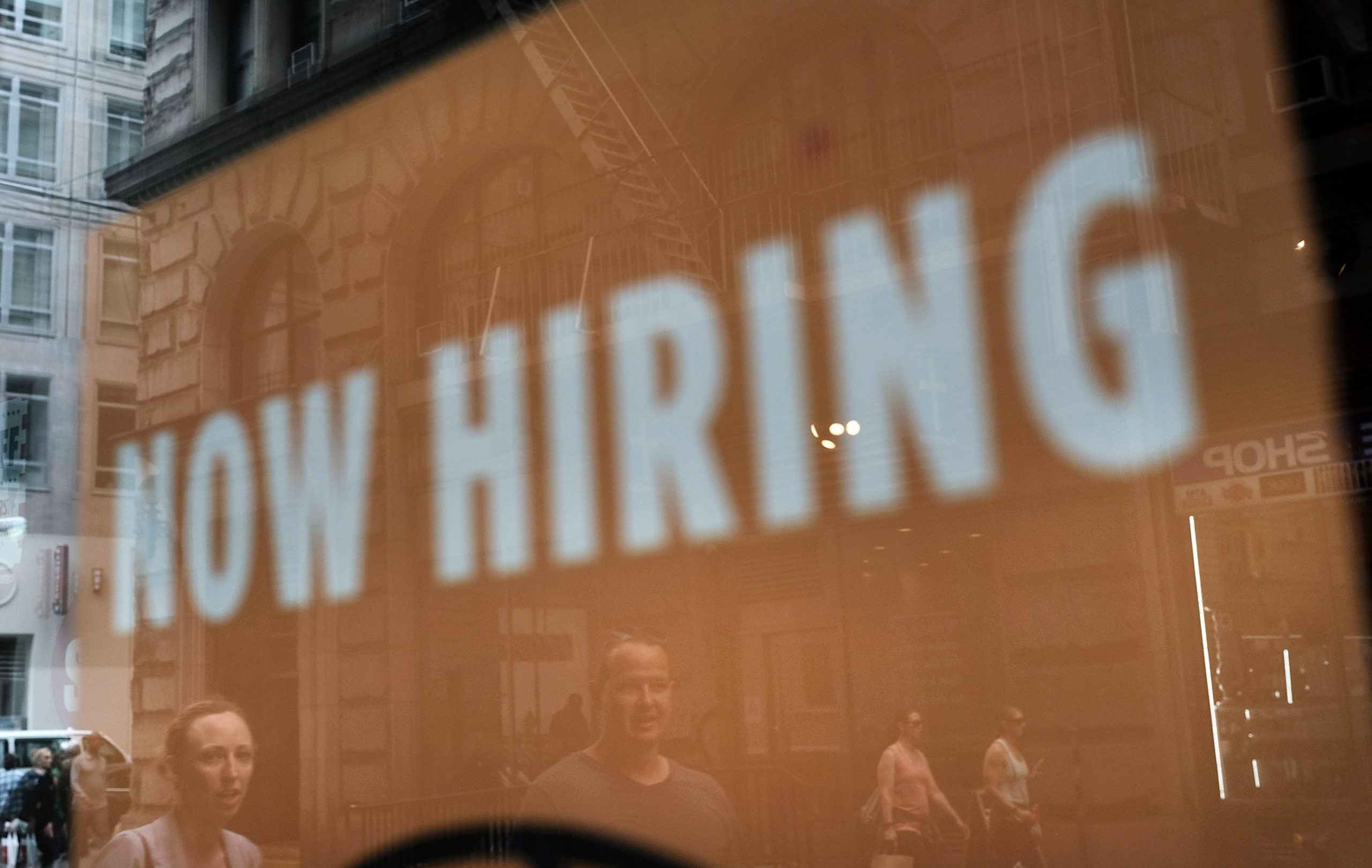Over the course of the pandemic, $52 billion in federal funding from the American Rescue Plan Act has allowed parents to go back to work, fueling our economy. It has also helped more than 80% of childcare providers keep their doors open and, in many cases, temporarily raise wages for workers without having to raise prices for parents. Family childcare programs–which often provide care for infants and toddlers, and for children whose families work odd hours, nights, or even weekends–have been able to use these funds to cover their rent or mortgage payments, typically their largest operating expense, and to pay their staff. Despite the tangible economic benefits these subsidies have had on the child care sector and beyond, they are set to expire at the end of September.
This is likely to create an even more catastrophic crisis than the one we faced pre-pandemic and put further strain on families and educators. In fact, as many as 3.2 million children could lose their childcare spots, and tens of thousands of programs could close nationwide.
Childcare providers are the invisible backbone of America’s economy. Take Shanette Linton, a licensed family childcare educator in the Bronx who runs a sought-after program out of her apartment. She is one of the few in her neighborhood who accepts infants in addition to toddlers. Right now, there are three babies on a waiting list for a single available spot–one of whom hasn’t been born yet. Despite the obvious need, her business is barely breaking even.
It shouldn’t be this way. Skilled and dedicated, Shanette is passionate about the importance of early childhood education, especially for children with learning delays or disabilities. She engages with her infants and toddlers until 6 p.m., then cleans her home and bargain shops between several stores to ensure she has the food and supplies she needs. When she gets in bed at night, she plans the activities for the children in her care before falling asleep.
Amid the never-ending work, the one saving grace for Shanette has been the federal funding that has allowed her to pay her assistant and serve more infants.
In Arkansas, Montana, Utah, Virginia, West Virginia, and Washington, DC, the impact could be particularly drastic, with some estimates saying at least half of the licensed childcare programs could close. Another 14 states could see their options for licensed childcare programs reduced by a third.
The consequences for our nation’s economy cannot be overstated. The loss in taxes and business revenue from closed programs could cost states $10.6 billion in economic activity per year. Without care options, millions of parents will either leave the workforce or reduce their hours to take on childcare duties, potentially costing families $9 billion each year in lost earnings.
In 2022, America’s poverty rate skyrocketed and the poverty rate for children more than doubled. The expiration of federal programs that provided support to lower-income families during the pandemic, such as the expanded child tax credit and increased rental assistance, has catalyzed this alarming jump. The loss of childcare resources will be devastating for families. For most, it can be their single largest cost. And without it, they cannot participate fully in the workforce.
Simply put, there is no wiggle room for parents or educators: every dollar can make or break them. Maria Amado, the National Association for Family Child Care’s 2023 Accredited Provider of the Year, knows this well. To stay afloat amid increasing costs of utilities and rising inflation, she needed to institute a rate increase for the families of the children in her care–from $280 per week to $320 per week. And while she works to be as flexible as possible, this led to some families leaving her Hartford, CT, program due to the cost. With the childcare stabilization funds she has been receiving coming to an end, Maria is concerned about how to afford materials, pay her staff, and ultimately keep the doors open. This dim prospect is about to become commonplace across the country.
During the pandemic, our leaders in Washington rallied and worked to make the childcare sector sustainable, including by allocating funding through the American Rescue Plan Act. Now, they’re pulling back that support, but the underlying problems have not changed. The end of federal funding feels to our educators like they are no longer essential–and that they and the families in their care are being abandoned. Some states have valiantly stepped in to help, but they can only do so much without federal support.
The childcare sector has suffered over the past three years, but it has avoided collapse due in large part to the crucial support and funding tied to the pandemic response efforts. Our elected officials and representatives must act urgently and allocate at least $16 billion annually to protect the well-being of America’s most valuable assets: our children. Families and the people who care for them, like Shanette and Maria, are the ones who keep our economy afloat.
Jessica Sager is the CEO and co-founder of All Our Kin, a national nonprofit organization that trains, supports, and sustains family childcare educators.
More must-read commentary published by Fortune:
- Indeed CEO: ‘AI is changing the way we find jobs and how we work. People like me should not be alone in making decisions that affect millions’
- Why critics love to hate Elon Musk–and why his fans adore him
- Burnout is attacking our brains and making it harder to excel at work. ‘Deliberate calm’ can help us adapt
- The U.S.-China trade war is counterproductive–and the Huawei P60’s chip is just one of its many unforeseen ramifications
The opinions expressed in Fortune.com commentary pieces are solely the views of their authors and do not necessarily reflect the opinions and beliefs of Fortune.
Credit: Source link











